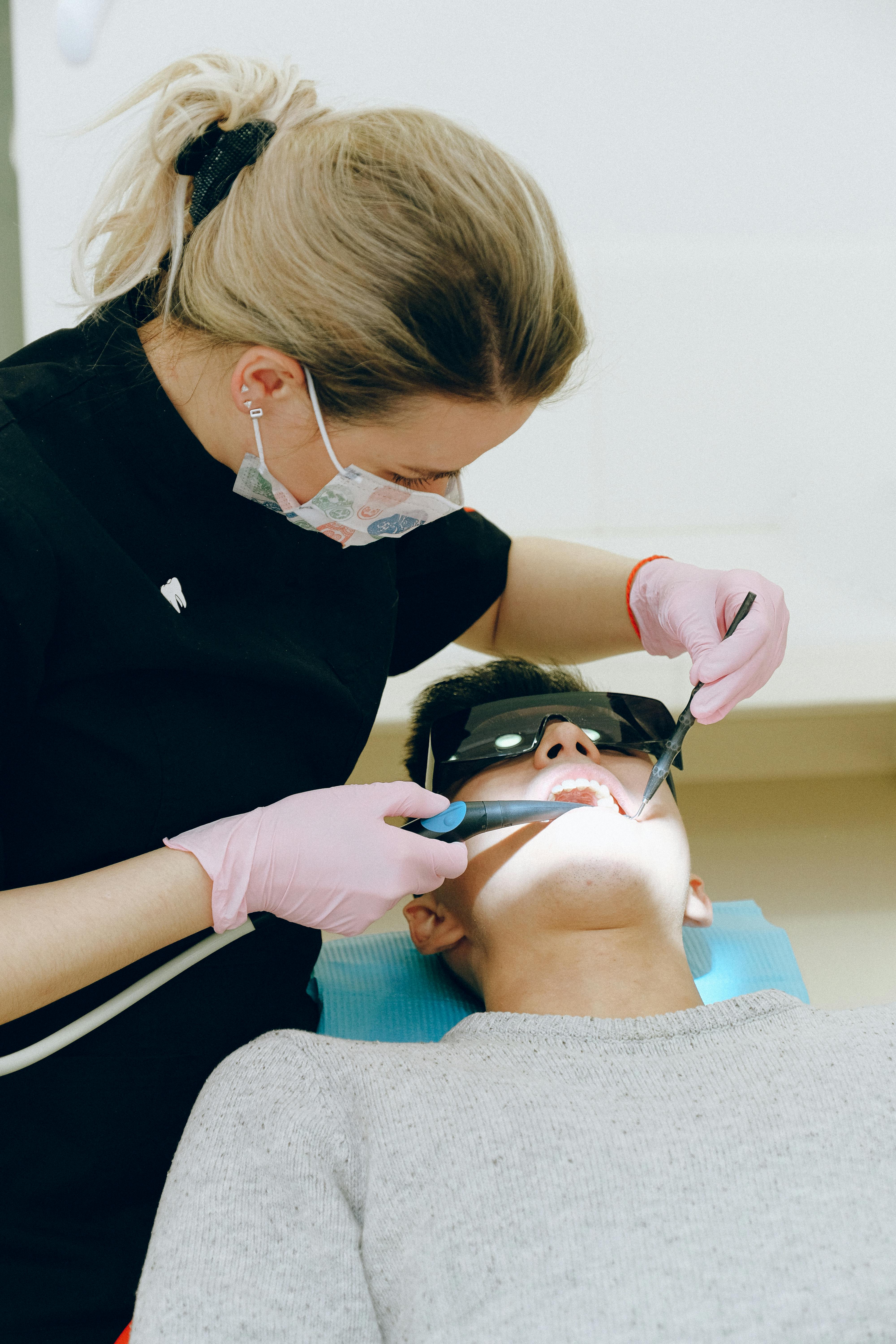
Types of Dental Implants
Understanding the different categories, designs, and materials to find the perfect implant solution for your needs
Primary Categories
Endosteal vs. Subperiosteal Implants
The two main categories of dental implants differ in how and where they're placed in your jaw. Understanding these differences helps determine which approach is best for your specific situation. Compare implants with other tooth replacement options.

Endosteal Implant Placement
Implant placed directly into the jawbone

Subperiosteal Implant Placement
Metal frame placed above the jawbone
Endosteal Implants
The most common type of dental implant, placed directly into the jawbone.
These titanium screws, cylinders, or blades are surgically inserted into the jawbone and serve as artificial tooth roots. Once the surrounding gum tissue heals, a second surgery connects a post to the implant, followed by the artificial tooth attachment.
Key Advantages:
- Highest success rates (95%+)
- Most widely used and studied
- Suitable for most patients
- Strong and durable foundation
- Natural feel and function
Best For:
Patients with adequate bone density and healthy gums
Healing Time:
3-6 months for osseointegration
Subperiosteal Implants
Placed under the gum but on or above the jawbone, not into the bone itself.
A metal frame is fitted onto the jawbone just below the gum tissue. As the gums heal, the frame becomes fixed to the jawbone. Posts attached to the frame protrude through the gums, and artificial teeth are mounted to these posts.
Key Advantages:
- No bone drilling required
- Suitable for insufficient bone
- Less invasive procedure
- Custom-made for each patient
- Alternative to bone grafting
Best For:
Patients who cannot wear conventional dentures and don't want bone grafting
Healing Time:
2-4 months for gum healing
Smaller Solution
Mini Dental Implants

Mini implants (left) vs. Standard implants (right)
Smaller diameter implants (less than 3mm) designed for patients with limited space or bone volume.
Key Features
- Diameter: 1.8-3.0mm (vs. 3.4-5.0mm standard)
- One-piece design in many cases
- Immediate loading often possible
- Less invasive placement
- Lower cost than standard implants
Common Applications
- Stabilizing loose dentures
- Replacing small teeth (incisors)
- Narrow spaces between teeth
- Patients with limited bone width
- Temporary tooth replacement
Important Considerations
Best Candidates
Mini implants work best for patients with narrow bone ridges, those seeking denture stabilization, or individuals who want a less invasive, more affordable option for specific situations.
Advanced Solution
Zygomatic Implants

Zygomatic implant anchored in cheekbone
When Are They Used?
Primary Applications:
- Severe upper jaw bone loss
- Failed conventional implants
- Avoiding extensive bone grafting
- Full arch restoration
- Immediate function needs
Key Features:
- Length: 30-50mm (vs. 8-16mm standard)
- Anchored in zygomatic bone
- Immediate loading possible
- Avoids sinus complications
- Complex surgical procedure
Extra-long implants (30-50mm) anchored in the zygomatic bone (cheekbone) rather than the maxilla.
Important Considerations
Note: Zygomatic implants require a highly experienced oral surgeon and are typically reserved for complex cases where conventional implants aren't possible.
Design Considerations
Implant Material & Shape
Implant Materials

Titanium Implants
Gold standard with 50+ years of proven success

Zirconia Implants
Metal-free ceramic alternative for superior aesthetics
Titanium Implants
The gold standard material with over 50 years of proven success.
Advantages
- 99% success rate
- Extensive research backing
- Wide variety of sizes
- Cost-effective
- Surgeon familiarity
Considerations
- Metal appearance through thin gums
- Rare allergic reactions possible
- May show through in aesthetic zones
Key Properties:
Zirconia Implants
Metal-free ceramic alternative offering excellent aesthetics and biocompatibility.
Advantages
- Metal-free option
- Superior aesthetics
- No metal allergies
- Excellent gum response
- Natural translucency
Considerations
- Newer technology (less data)
- Higher cost
- Limited size options
- Requires specific techniques
Key Properties:
Implant Shapes

Various implant shapes: Screw-type, Cylinder, and Blade designs
Screw-Type (Threaded)
Most common design with threads for enhanced stability
Benefits:
- Maximum surface area
- Excellent initial stability
- Self-tapping capability
- Wide size range
Cylinder (Smooth)
Smooth-sided implants relying on bone growth for retention
Benefits:
- Gentle insertion
- Good for soft bone
- Reduced stress concentration
- Easier removal if needed
Blade
Flat, blade-like design for narrow bone ridges
Benefits:
- Fits narrow spaces
- Good for thin ridges
- Immediate stability
- Less bone removal
Decision Factors
Choosing the Right Implant Type
Selecting the optimal implant type depends on multiple factors unique to your situation. Your oral surgeon will evaluate these considerations to recommend the best approach for your specific needs.
Bone Quality & Quantity
- Adequate bone density for endosteal implants
- Insufficient bone may require subperiosteal or mini implants
- Severe bone loss may need zygomatic implants
- Bone grafting vs. alternative implant types
Location in Mouth
- Front teeth: Aesthetics priority (zirconia consideration)
- Back teeth: Strength priority (standard titanium)
- Upper jaw: Sinus proximity considerations
- Lower jaw: Nerve location factors
Treatment Timeline
- Immediate loading needs
- Standard healing timeline acceptable
- Multiple procedures vs. single surgery
- Temporary tooth requirements
Budget Considerations
- Standard titanium most cost-effective
- Zirconia premium pricing
- Mini implants budget-friendly
- Zygomatic implants highest cost
Ready to Explore Your Options?
Schedule a consultation to discuss which implant type is best suited for your specific situation. Our experienced team will evaluate your needs and recommend the optimal solution.